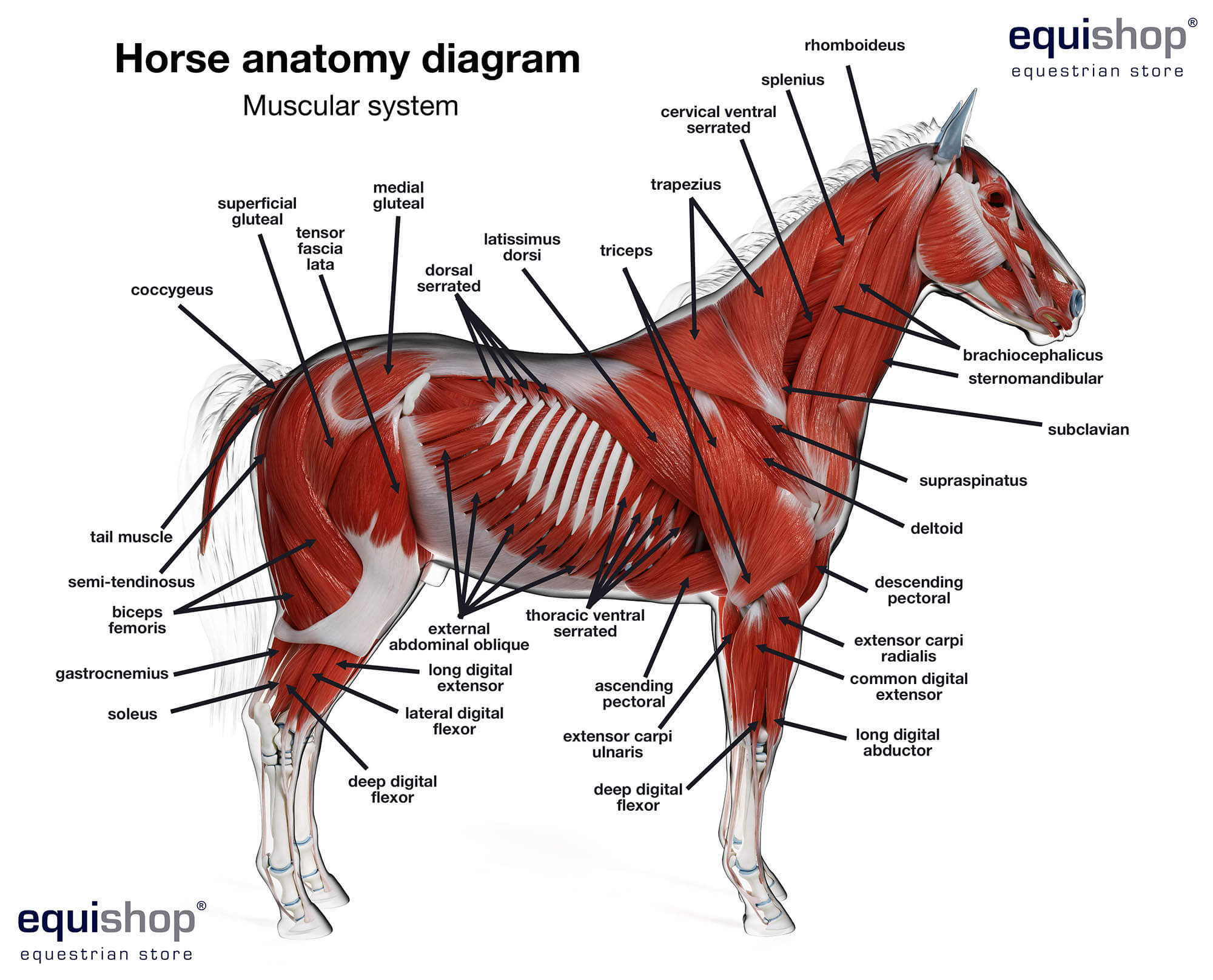As a horse owner, you are always looking for ways to protect and care for your equine companion. One essential piece of equipment that can help safeguard your horse’s legs during exercise and training is the brushing boot. Brushing boots are designed to provide support and protection to a horse’s lower legs, particularly the fetlocks and cannon bones, during various activities such as jumping, hacking, or schooling. In this article, we will explore what brushing boots are, their purpose, types, and how to choose the right ones for your horse.
What Are Brushing Boots?

Brushing boots, also known as splint boots or strike boots, are protective gear worn on a horse’s lower legs. They are designed to prevent injuries that can occur when the horse’s legs come into contact with each other, known as brushing, during exercise or work. The term “brushing” refers to the moment when a horse’s hooves hit each other or when the legs strike against obstacles, causing unwanted impact and potential injury. Brushing boots act as a barrier, helping to absorb and disperse the force of impact, thus reducing the risk of injury to the horse’s legs.
Purpose of Brushing Boots
The primary purpose of brushing boots is to protect the horse’s legs from trauma and injury caused by interference or accidental striking. The boots provide cushioning and support to the lower legs, reducing the risk of cuts, bruises, and impact injuries. Additionally, brushing boots can also offer support to the tendons and ligaments, helping to minimize strain and stress during strenuous activities such as jumping or fast-paced riding.
Types of Brushing Boots
There are various types of brushing boots available, each designed to cater to specific needs and activities. Some common types of brushing boots include:
1. Neoprene Boots: Neoprene brushing boots are popular for their lightweight and flexible design. They provide excellent impact protection and are suitable for a wide range of equestrian disciplines.
2. Leather Boots: Leather brushing boots offer durability and support, making them ideal for horses requiring additional protection during intense activities such as eventing or cross-country riding.
3. Open-Front Boots: These boots feature a cutaway front design, providing protection to the fetlock while allowing freedom of movement for the horse’s knees.
4. Fleece-Lined Boots: Fleece-lined brushing boots offer added comfort and warmth, making them suitable for horses working in colder climates.
5. Air-Flow Boots: These boots are designed with breathable materials to prevent overheating and provide ventilation during exercise, making them ideal for horses in warmer environments.
Choosing the Right Brushing Boots
When selecting brushing boots for your horse, it is essential to consider factors such as the horse’s conformation, the type of activities they are involved in, and any specific requirements based on their individual needs. Here are some considerations to keep in mind:
1. Fit: Ensure that the brushing boots fit snugly, without being too tight or too loose. Proper fit is crucial for the boots to offer effective protection and support.
2. Material: Consider the material of the brushing boots based on the climate and purpose. For instance, neoprene boots are suitable for all-weather use, while fleece-lined boots are ideal for colder temperatures.
3. Protection Level: Determine the level of protection required based on the intensity of the activities your horse is engaged in. For high-impact disciplines such as jumping or eventing, opt for boots that offer maximum impact protection.
4. Breathability: If your horse tends to overheat during exercise, consider choosing brushing boots with breathable and ventilated designs to prevent excessive sweating and discomfort.
5. Durability: Look for brushing boots that are durable and long-lasting, capable of withstanding regular use and offering reliable protection over time.
Maintaining and Caring for Brushing Boots
Proper maintenance and care are essential to ensure the longevity and effectiveness of brushing boots. Here are some tips for maintaining and caring for your horse’s brushing boots:
1. Cleaning: Regularly clean the boots to remove dirt, sweat, and debris that can accumulate during use. Depending on the material, brushing boots can be cleaned using mild soap and water or specific cleaning solutions recommended by the manufacturer.
2. Drying: Allow the boots to air dry thoroughly after each use to prevent the growth of bacteria and mold. Avoid exposing them to direct sunlight or heat sources that could cause damage to the materials.
3. Storage: Store the brushing boots in a clean and dry environment, away from direct sunlight and moisture. Proper storage helps maintain the integrity of the boots and prevents deterioration.
4. Inspection: Periodically inspect the brushing boots for signs of wear and tear, such as loose stitching or damaged padding. Replace the boots if they show significant signs of damage to ensure continued protection for your horse.
Curious about horse care and grooming? If you’re wondering about the purpose of brushing boots for horses, you might also be interested in learning about grooming brushes for horses and how to wash horse boots. Additionally, understanding the use of horse leg wraps can provide a comprehensive insight into equine care and well-being.
Conclusion
In conclusion, brushing boots are an essential piece of protective gear for horses, providing support and safeguarding their lower legs during various equestrian activities. By understanding the purpose of brushing boots, the different types available, and how to choose the right ones for your horse, you can ensure their safety and well-being during training and exercise. Additionally, proper maintenance and care of brushing boots play a vital role in prolonging their lifespan and effectiveness. Investing in high-quality brushing boots and prioritizing your horse’s leg protection is a valuable step in promoting their health and performance in the equestrian world.



